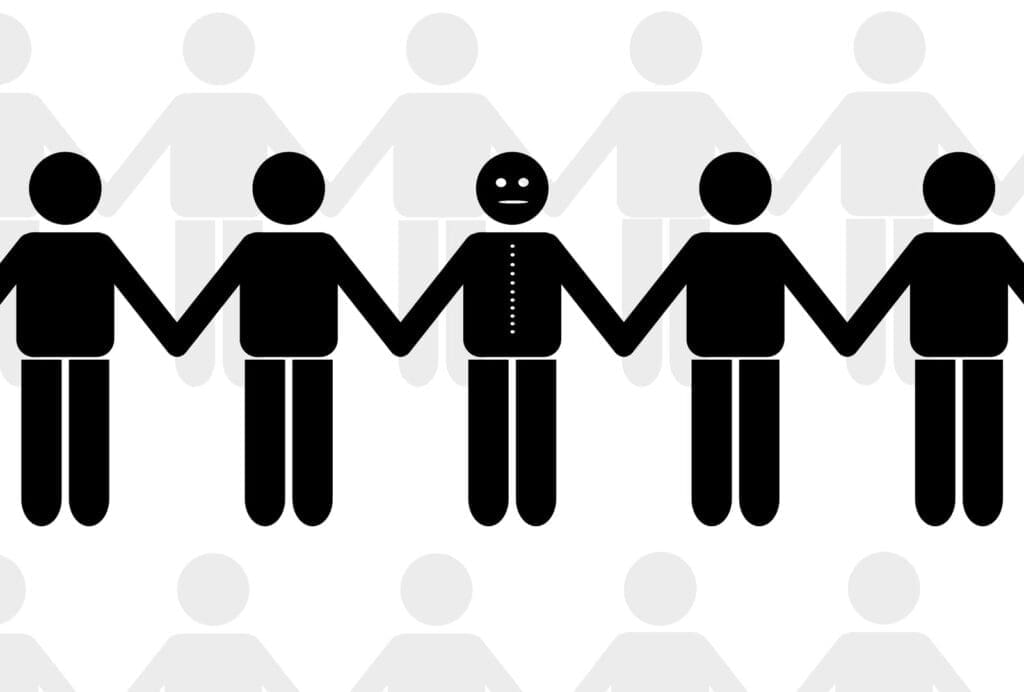An informal group consists of people who are brought together by shared interests and personal connection, rather than being assigned on a task together. These spontaneous social structures exist outside the formal hierarchies of the workplace.
Motivation and productivity in the workplace
Human motivation is one of the most complex topics being studied by psychologists. Every person has a unique past and present, and it is very difficult to find a formula of motivation that works for all.
From reward-based systems to intrinsic motivation theories, there have been several attempts to understand what exactly motivates employees, and how to identify it. The productivity of the work-force undoubtedly depends on their motivation to work. Hiring talented professionals is only one part of the process; motivating them to work is an equally important task.
Informal groups, motivation and productivity
Recently there have been some studies about the influence of informal groups in the workplace on motivation and productivity.

For example, Abbas (2018) found that 61.42% of workers from Philadelphia Pharmaceuticals agreed that informal groups have a positive effect on the productivity of staff. 27% of the workers said that they find it easier to communicate in informal settings. In this article, we will explore how informal groups enhance motivation and productivity in an organization
What are informal groups?
Formal groups are well defined groups deliberately created by an organization to accomplish specific goals. Members of a formal group have professional relationships based on the position or title of each person, and their interactions move in a defined direction. For example, if you are a part of a team assembled for improving the media image of your organization, you are part of a formal group.
Informal groups, on the other hand, are created by employees themselves for socialization and support in the workplace. They are more flexible; people meet or fall out of touch as per their wish. Members share a personal relationship with each other and interactions are spontaneous and open to any topic.
For example, you work in HR, and two coworkers from finance or sales are your gym buddies. So, even though you are not working on some common project, you socialize in the workplace; hence you are an informal group.
Informal groups are often formed on the basis of common interests or hobbies, physical proximity, similar roles, shared challenges, and shared values. Employees who meet at social events and gatherings, casual conversations in the break room or social media easily form an informal group for themselves.
Since informal groups are voluntary in nature, they transcend formal organizational structures. For example, a temporary employee could become friends with the head of sales because they both like to watch baseball. The spontaneous and flexible nature of informal groups gives them an advantage over formal groups, which are more restrictive, and sometimes even anxiety provoking.
Benefits of informal groups for motivation
Peer support
Coworkers are source of emotional and instrumental support during challenging work situations. Giving your best to a project can be hard when you are going through a rough time in your personal life. The presence of supportive coworkers is crucial for picking yourself up after a failure or unfortunate loss.

For example, Gilbert and colleagues (2021) developed the C.A.R.E model of employee bereavement support, which addresses critical ways in which employers and coworkers can support grieving employees. The model suggests 4 key themes of effective bereavement support, namely communication, accommodation, recognition of the loss and emotional support.
Transition to a different work mode (remote/onsite), transfer to another branch, starting out in a new company, and such other changes can feel overwhelming, especially for people who have social anxiety. The sense of belonging and social support that informal groups offer helps employees adjust to work and boost their performance during times of uncertainty and unfamiliarity.
Motivation toward shared goals
When employees align with each other based on similar objectives, they feel driven to achieve their common goals. It could be a goal for which they are working jointly, e.g. forming a sales team for closing a deal with an important customer, or working separately e.g. becoming study partners in a training course for using a new software.

Employees working toward common goals can benefit from each other’s’ domain specific knowledge and expertise. Organizations can utilize such informal connections to encourage cross departmental collaboration.
Impact of informal groups on productivity
Innovation and problem solving

Martinus (2021) has discussed the role of informal groups in fueling innovation in the bee-keeping industry. Informal groups that have members with diverse skill set, carry immense potential for creativity, innovation and problem solving. For example, knowledge of company’s finances, coupled with experience in sales, can help a cross-departmental team to develop strategies for retaining clients who are planning to shift to another supplier.
Mentoring opportunities
Holt (2016) has discussed why some employees prefer self-chosen informal mentors over formally assigned mentors. Informal groups allow employees to connect with more experienced or skilled professionals without the barriers of departments, roles and titles. Experts and established professionals can mentor their younger colleagues and help them advance their career.

Also, senior employees can learn from newer recruits about the skills that are in-demand in the job market, current industry trends, salary ranges, etc. in a particular field.
Due to their flexibility and egalitarian nature, informal groups provide a space for employees to share knowledge, practice leadership skills and plan their career. The prospect of continuous learning, mentoring and feedback motivates employees to explore newer skills and helps them overcome challenges in their work.
While informal groups may present with challenges like office politics, gossip, or discrimination, they also present with opportunities for enhancing motivation and productivity. Sensitisation training to employees and organizing informal social events, like after-work happy hours or team lunches, brings employees together in a non-judgmental, supportive atmosphere.
Due to their flexibility, voluntary membership and egalitarian relationships, informal teams become a source of peer support and encourage employees to work toward common goals. Through mentor-mentee relationships and cross departmental collaboration, informal groups boost productivity in an organization.
It’s important for organizations to recognize and support the positive aspects of informal groups, as they can contribute significantly to employee motivation and overall workplace morale. Encouraging the formation of these groups and fostering a culture that values collaboration and social connections can enhance the work environment.


GIPHY App Key not set. Please check settings